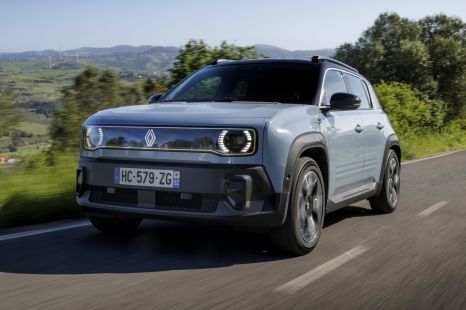

Neil Briscoe
5 Days Ago
GM says Australia is an important and sophisticated market that allows it to build scale... but it won't enter high-volume segments.

News Editor
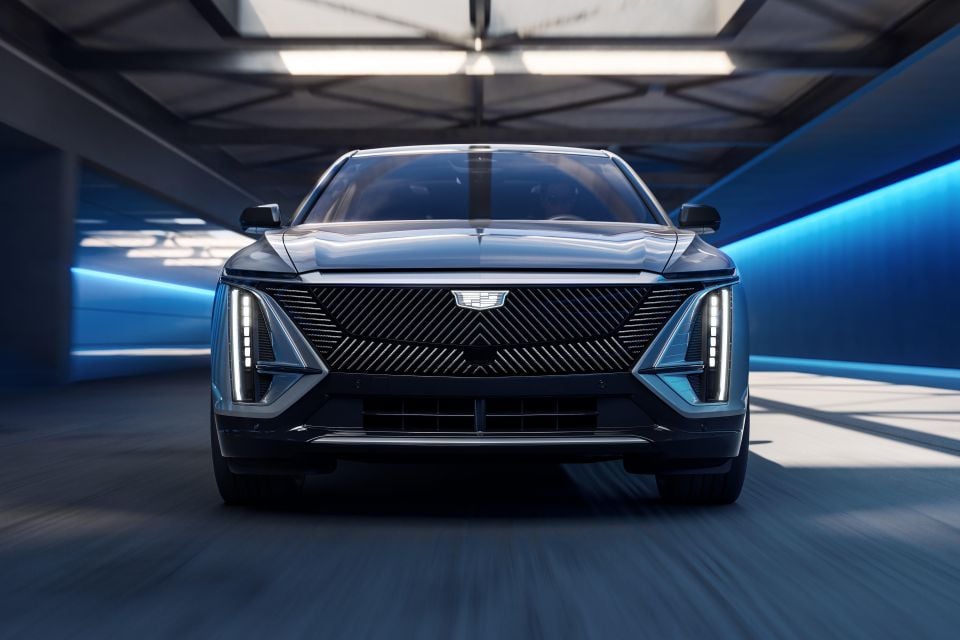

News Editor
General Motors may have axed the Holden brand, but it says Australia is still a strategic market.
In addition to its existing GM Specialty Vehicles (GMSV) business, which sells a mix of both factory right-hand drive and locally remanufactured Chevrolet (and soon, GMC) models, it’s finally launching Cadillac here later this year.
“Australia is a very strategic market for us. We see a lot more opportunity there as we bring Cadillac and the direct to consumer model there,” said Shilpan Amin, senior vice president and president of GM International, to CarExpert.
When asked why Australians should trust Cadillac, particularly given the stranglehold German brands have on the luxury car market, Mr Amin said: “Design matters. Capability and technology matter. We’ve got a 122-year history around leading and technology and design, and that longevity will matter.”
100s of new car deals are available through CarExpert right now. Get the experts on your side and score a great deal. Browse now.
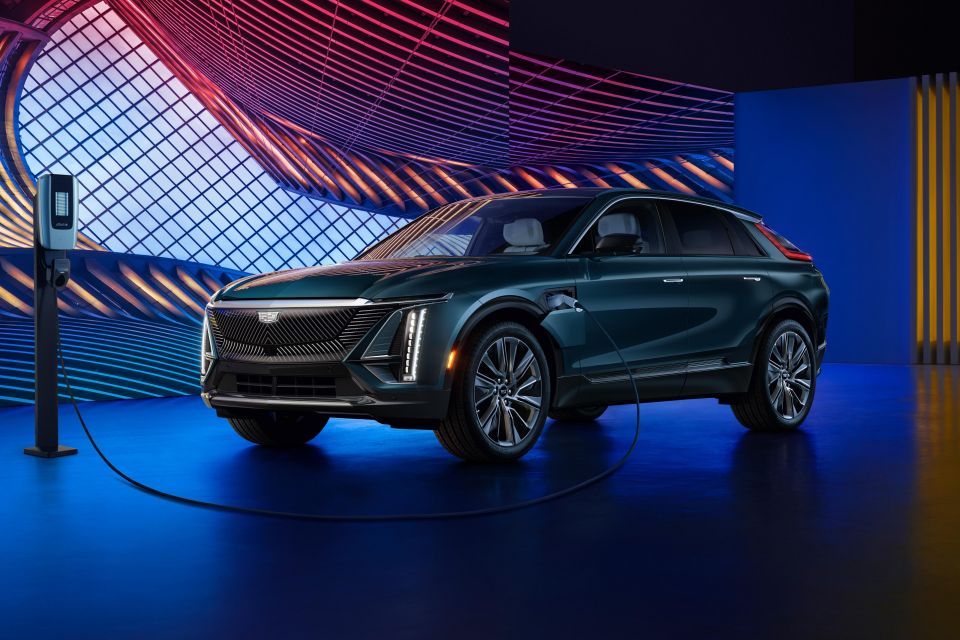
He said the brand is in it for the long haul.
“We’re building these customer experience centres so you can trust that we’re going to be your partner in the communities for a time to come,” he said.
GM has thus far confirmed experience centres only for Melbourne and Sydney.
“Our intention is we’re gonna celebrate the next 122 years as a brand. And so the commitment is not just into what products we have now, but then future products come along with that,” he added.
He also suggested that, among the massive influx of brands to our market, some are likely to fall by the wayside.
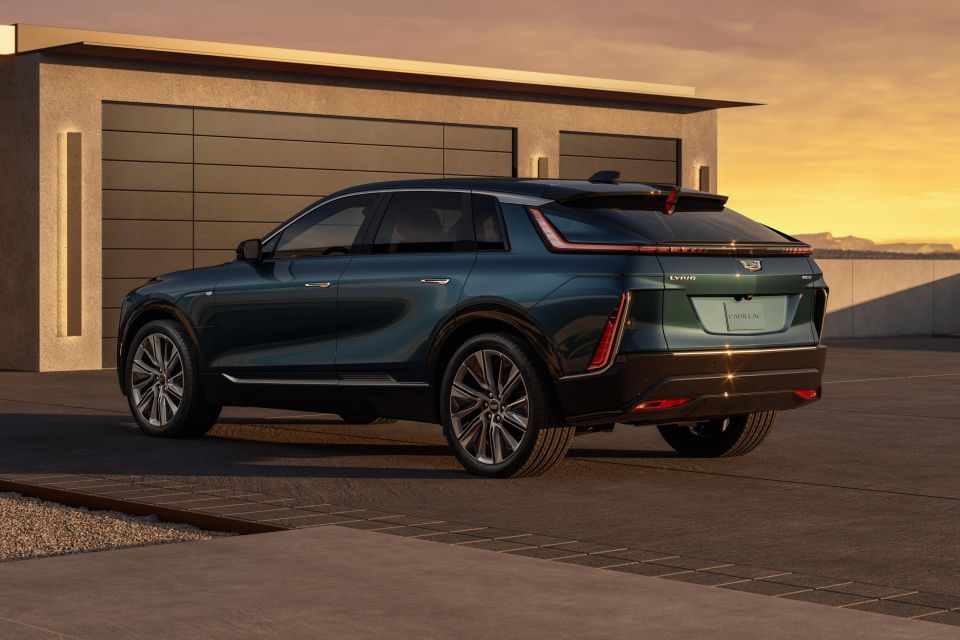
“Not all brands are going to sustain that are entering all these markets, I’ll leave it at that. And we’re already seeing a lot fold,” he said.
While he didn’t name any brands specifically, he suggested GM’s lengthy experience in selling and servicing vehicles in Australia will prove an asset for the new Cadillac operation.
“We know how to deliver high-quality vehicles to our customers. We know how to service these vehicles,” he said.
“We know how to engage with customers. When things go wrong, we know how to continue to delight the customers with enhanced and refreshed products, and in differentiated products.
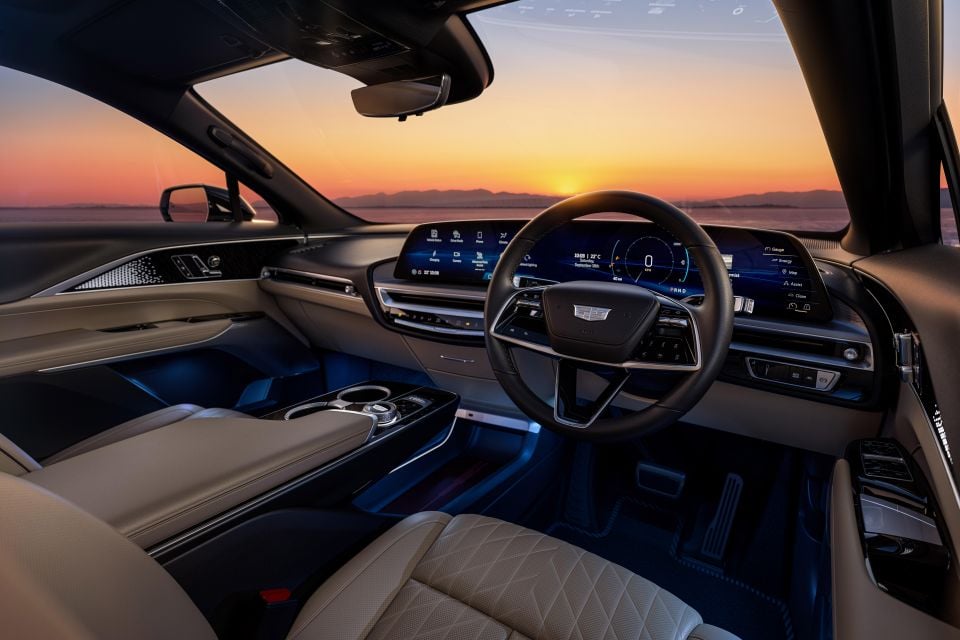
“We’re committed to making great products with great experiences. Time will tell if the market accepts it or not, so we’re obviously making heavy, heavy investments because we believe Australia is a very strategic market for us.”
But why launch Cadillac in Australia, an already extremely cluttered market where brands like BMW reign supreme over insurgent luxury brands like Genesis?
“I think to have relevance around the world, being in markets like Australia, which value a lot of the technology that we develop for places like Europe and the US, it’s a close proximity to create value on the technology that you roll out,” he said.
“And so that gives us the scale behind developing even more technology in the future. You need places that have common technology valued to be able to stay at the lead in natural technology.”
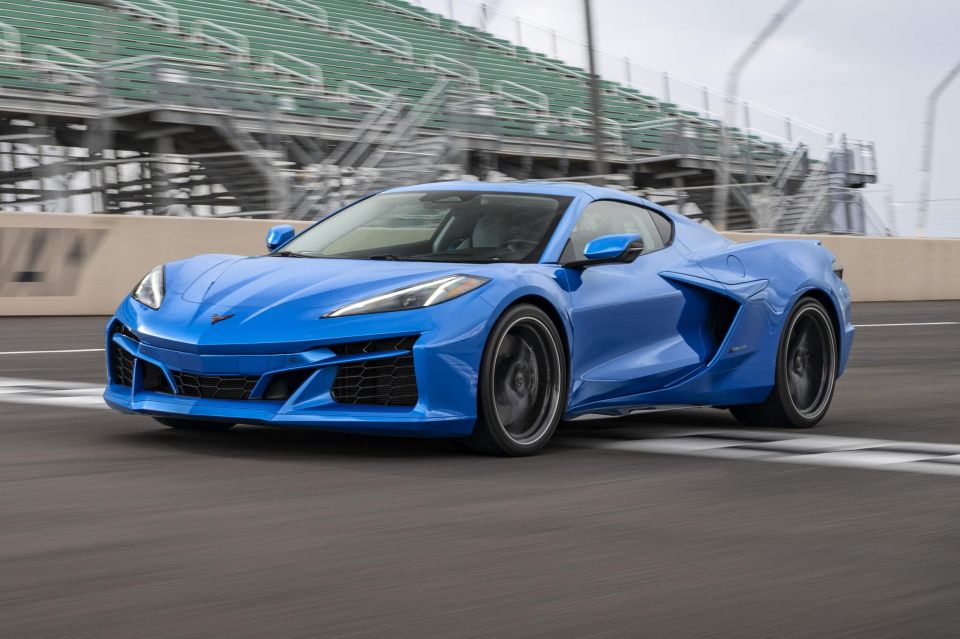
Thus far, GM executives have only said Cadillac will sell in “exclusive volumes in Australia”, and hasn’t disclosed any specific sales targets.
GM’s broader strategy around the Australian market also doesn’t involve it entering any high-volume segments.
“We can’t comment on future product speculation, but I can say that we consider conversion capability and consumer feedback for our products,” said Lauren Indiveri-Clarke, communications director for GM International.
“Right now, we are focused on niche, luxury segments for the Australia and New Zealand markets.”
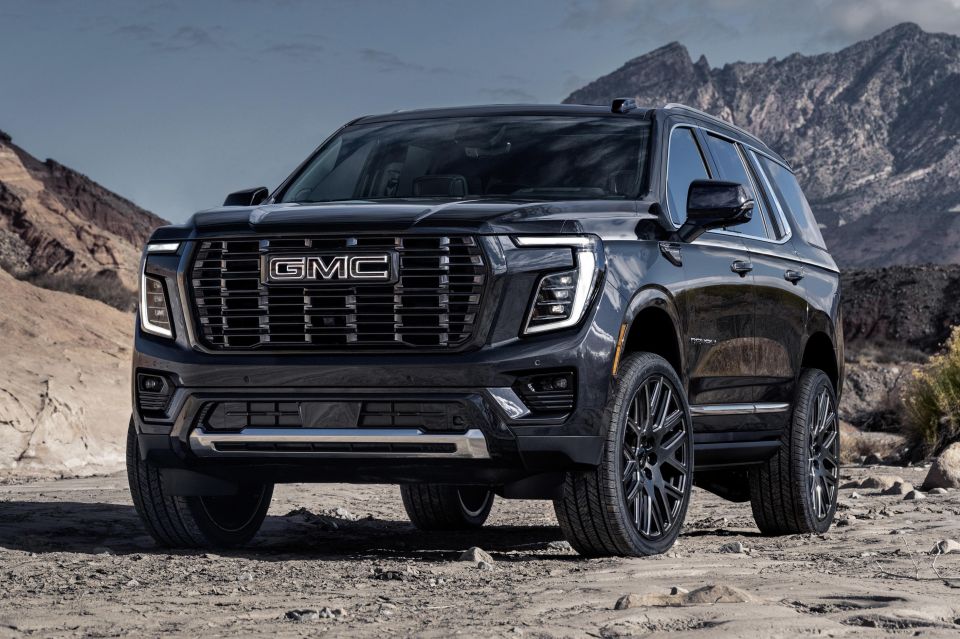
That means vehicles like not only the BMW iX-rivalling Cadillac Lyriq, but also the Chevrolet Corvette sports car, the Ram-rivalling Chevrolet Silverado and Silverado HD pickup trucks, and the upcoming GMC Yukon that will battle high-end Toyota LandCruisers.
Given many of GM’s mass-market models are produced exclusively in left-hand drive, that essentially means a business case needs to stack up for a local right-hand drive conversion.
This is understood to add significant cost, which can make it difficult for vehicles to compete.
For example, when GM remanufactured the Chevrolet Camaro in right-hand drive, it wore a significantly higher price tag than the rival Ford Mustang which was built in right-hand drive at the factory in Michigan. The Mustang was far and away the better seller of the two.
MORE: Cadillac explains unique sales tactic in Australia MORE: Is Cadillac preparing an Australian EV onslaught?
William Stopford is an automotive journalist based in Brisbane, Australia. William is a Business/Journalism graduate from the Queensland University of Technology who loves to travel, briefly lived in the US, and has a particular interest in the American car industry.


Neil Briscoe
5 Days Ago


William Stopford
8.5
4 Days Ago
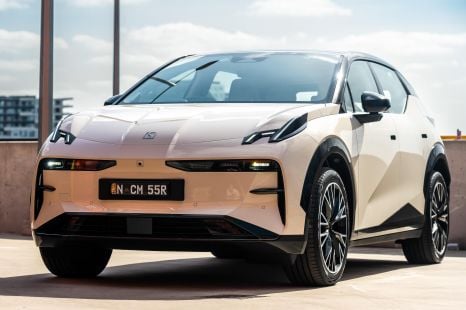

James Wong
7.9
3 Days Ago
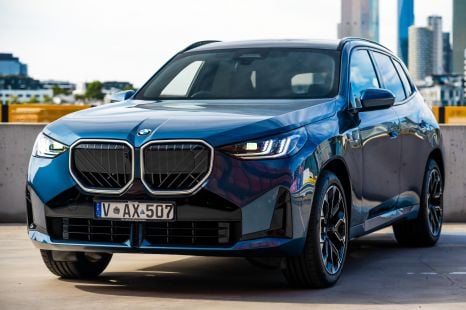

Jack Quick
8.4
2 Days Ago
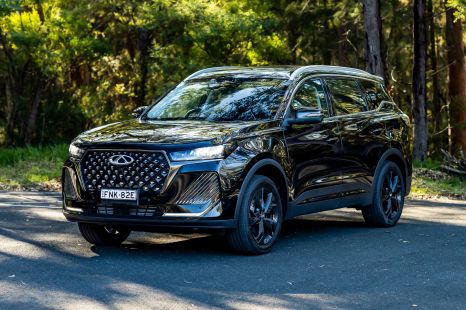

Matt Campbell
8.1
1 Day Ago
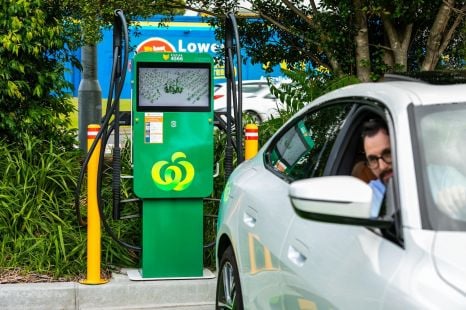

Damion Smy
18 Hours Ago